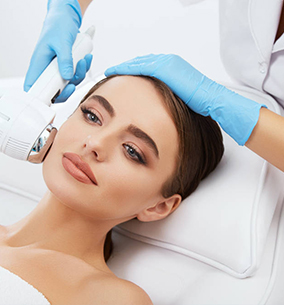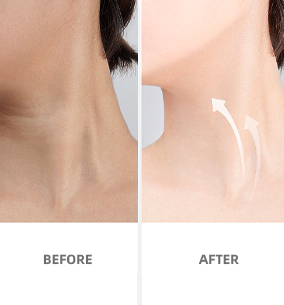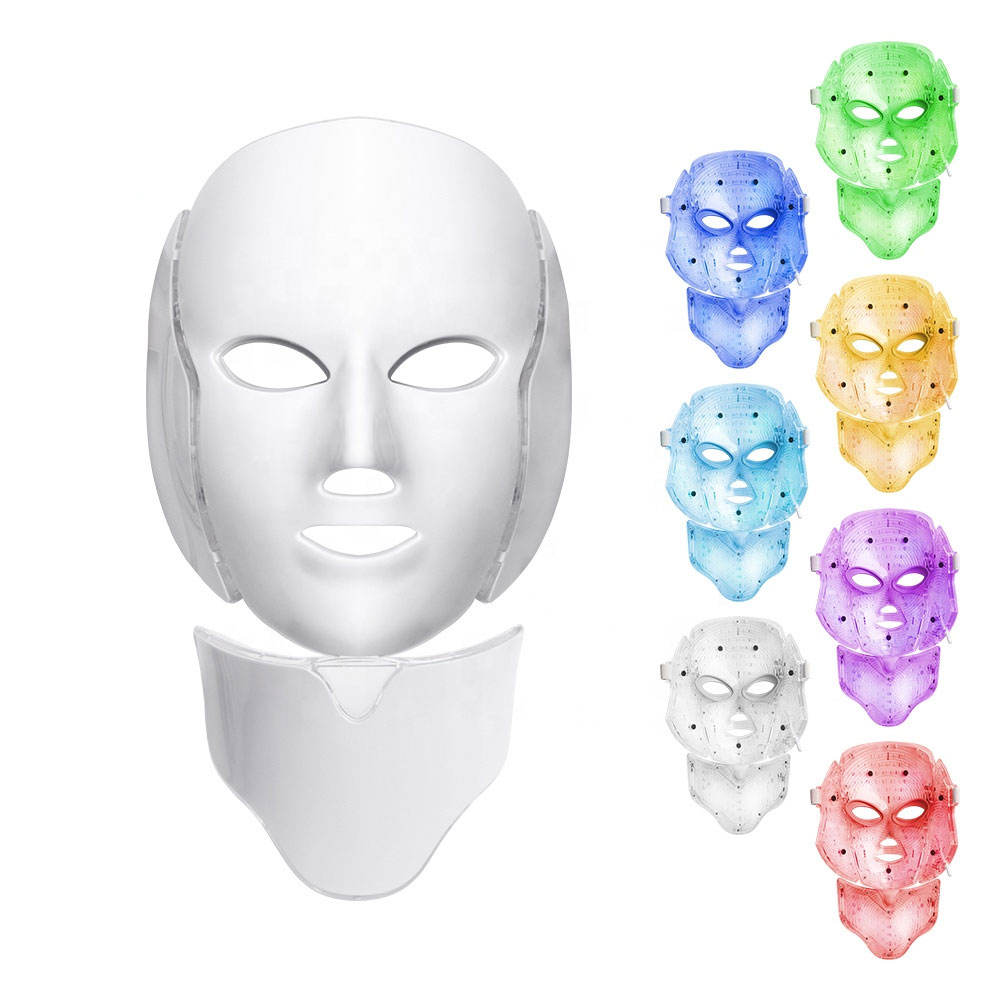LED Facial Therapy Devices
We have presented Beperfect’s LED Facial Therapy products on this page. By selecting any of these products and customizing them according to your preferences, you will be able to expand your audience and enhance your brand.









